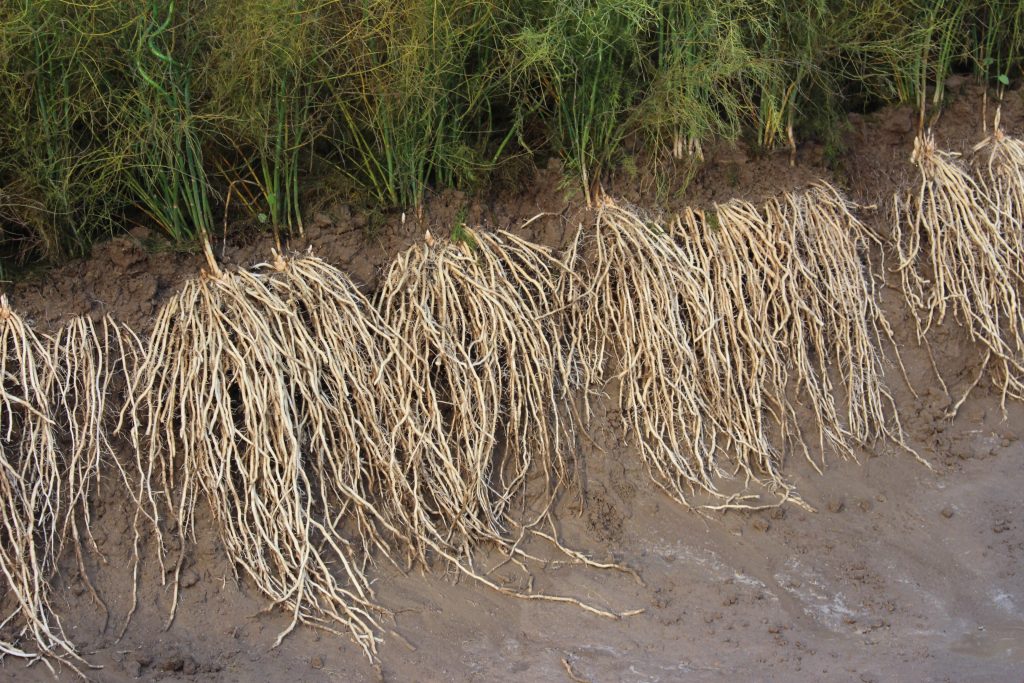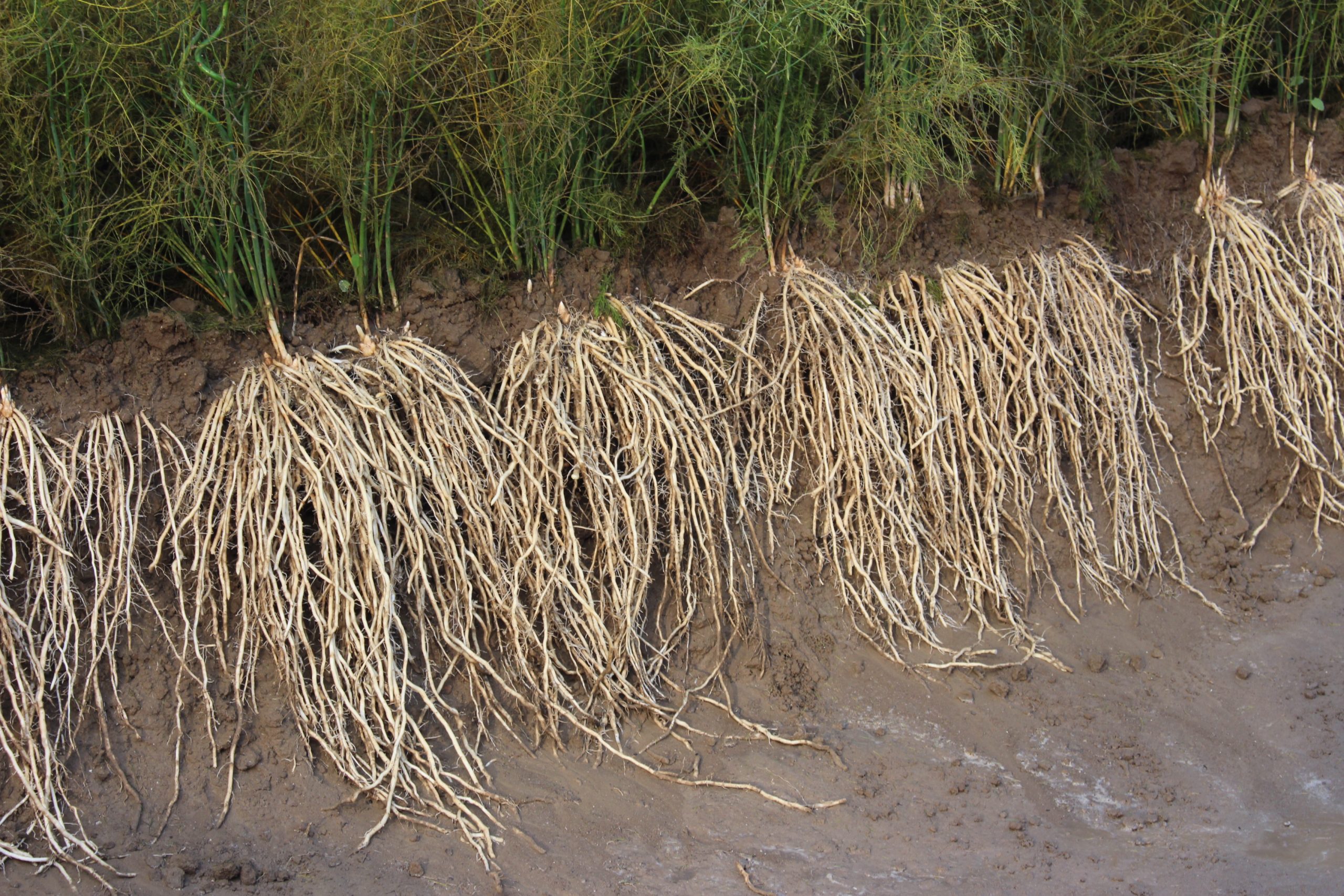What’s new in asparagus science?
The increased consumption and production of asparagus in recent times have heightened the need to extend the shelf-life for long-distance distribution. During storage, asparagus spear quality is reduced due to toughening, water loss and changes in biochemical compound content. Various physical methods have been studied to reduce these undesirable traits, like quick cooling, long-term refrigeration, and storage in a modified atmosphere. Packaging management is also known to play a key role in preserving asparagus quality. Various research programmes have been set up to study the impact of different solutions for extending the shelf-life of fresh asparagus.
In Thailand, a team (Lwin et al., 2020) studied the effect of electrostatic atomised water particle (EAWP) treatment on the spear lignification and for maintaining asparagus quality. The results show that EAWP treatment maintains colour, reduces weight loss, and inhibits lignin and cellulose accumulation, leading to a better shelf-life of the asparagus during storage at 4°C.
In Italy, Toscano et al. (2021) showed that the use of micro-perforated coextruded polypropylene limits weight loss and maintains a fresh-like appearance of green asparagus of the Vegalim variety after 30 days of refrigerated storage.
In China, Pu et al. (2020) demonstrated that high-oxygen modified atmosphere packaging maintains a tender texture, inhibits the increase of lignin content and delays the lignification process in green asparagus stored for 30 days.
In South Korea, a team from the Kangwon National University (Wang et al., 2020) showed that a 60% CO2 treatment at 4°C for 48 hours in modified atmosphere packaging is capable of maintaining the post-harvest sensory and biological qualities of asparagus, and provides strong inhibition of microflora growth during the storage period.
In Poland , a team from the Warsaw University of Life Sciences (Gantner et al., 2020) developed an ethylene vinyl alcohol copolymer (EVOH) film combined with modified atmosphere packaging to enhance the shelf-life of white and green asparagus spears. They showed that the use of this new packaging with refrigeration at 2°C promotes reduction in weight loss and prevents changes in the colour, texture and sensory quality of green and white asparagus for 17 and 10 days respectively.
In the USA, Michigan State University’s School of Packaging (Benyathiar et al., 2020) studied the shelf-life of fresh-cut asparagus packed in modified atmosphere packaging (MAP) and vacuum skin packaging (VSP) in microwaveable tray systems. They found that both techniques combined with refrigeration (4°C) maintain the freshness and hedonic qualities of asparagus directly eaten from the package.
In Vietnam, Tran et al. (2020) showed that the use of a biofilm made of chitosan-alginate directly applied on the asparagus can be considered a new form of multi-component edible coating that allows very effective quality preservation and shelf-life extension.
In 2016, Garcia-Robles et al. from Mexico showed that asparagus spears treated after harvest with sucrose and acetylsalicylic acid present lower longitudinal and diametric growth, lower opening of bracts and less weight loss, thereby extending shelf-life at 10°C and 90% relative humidity.
























